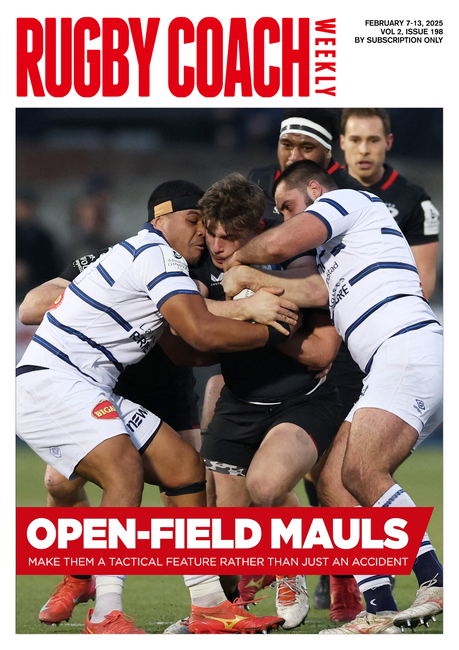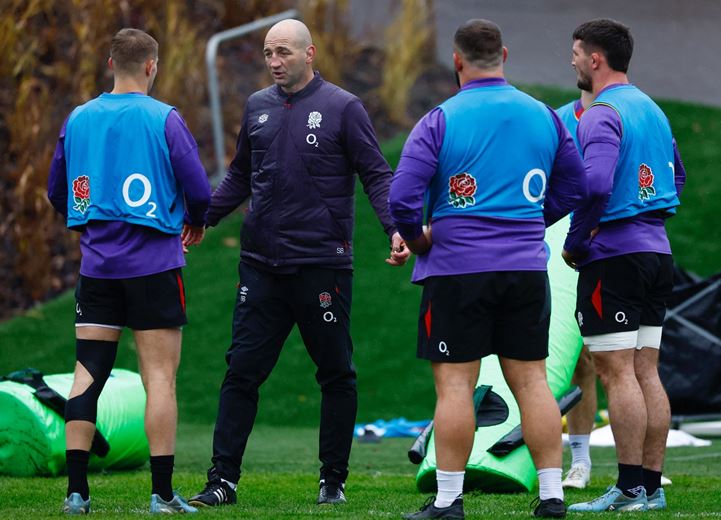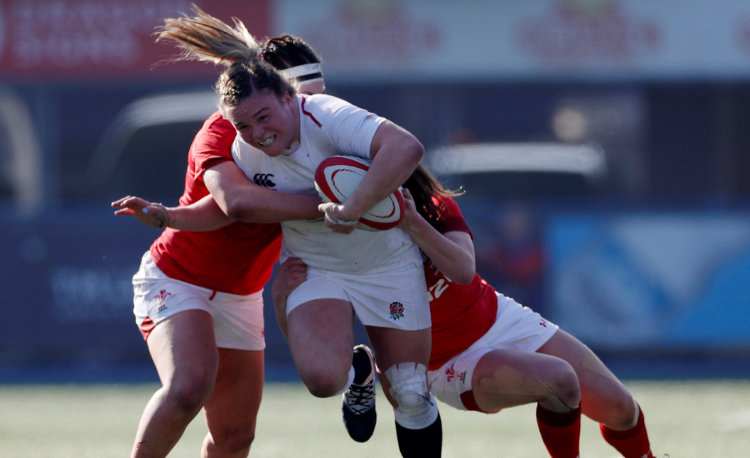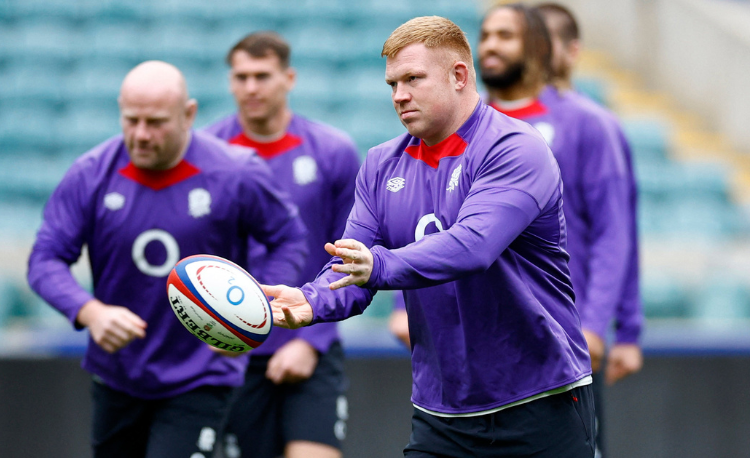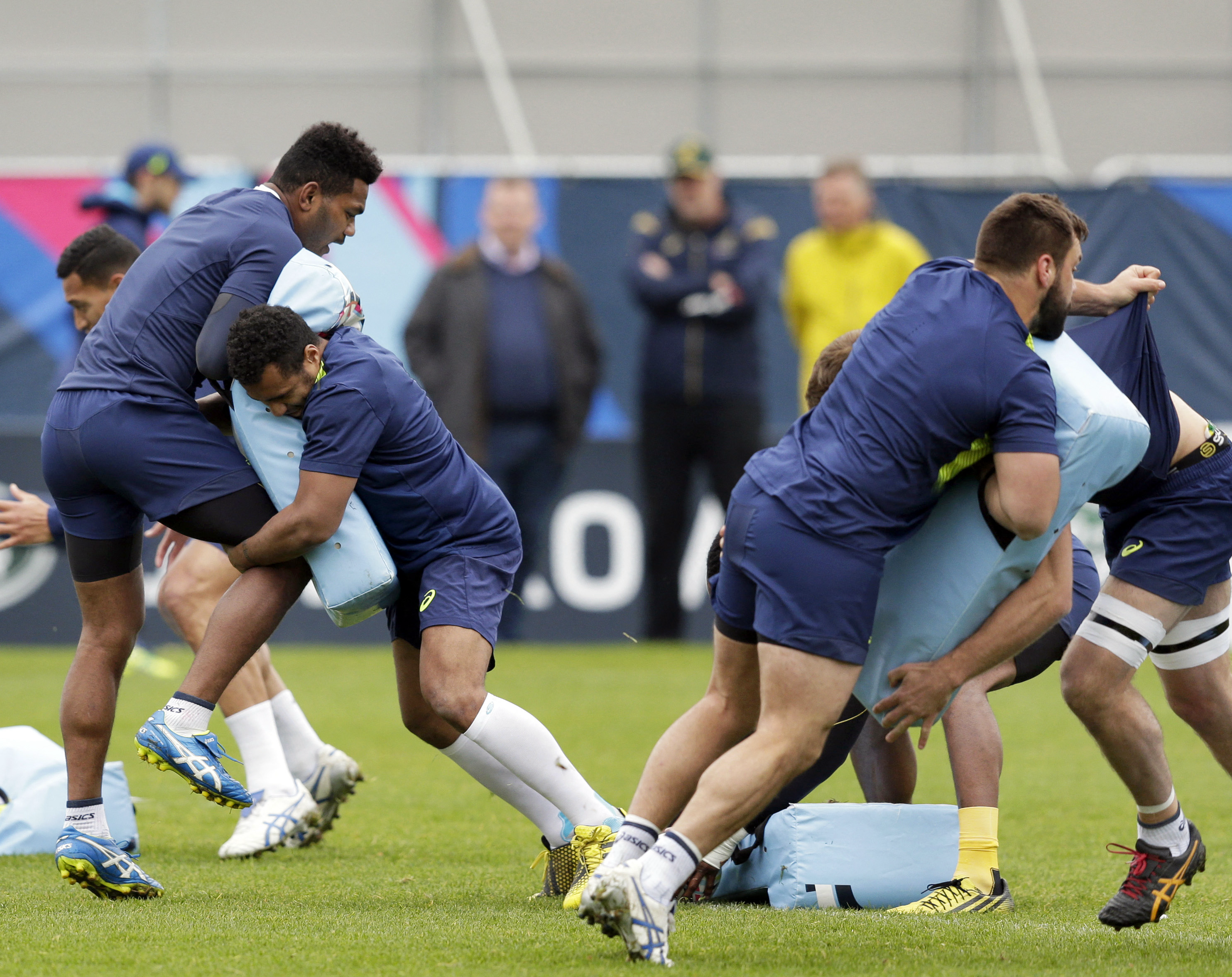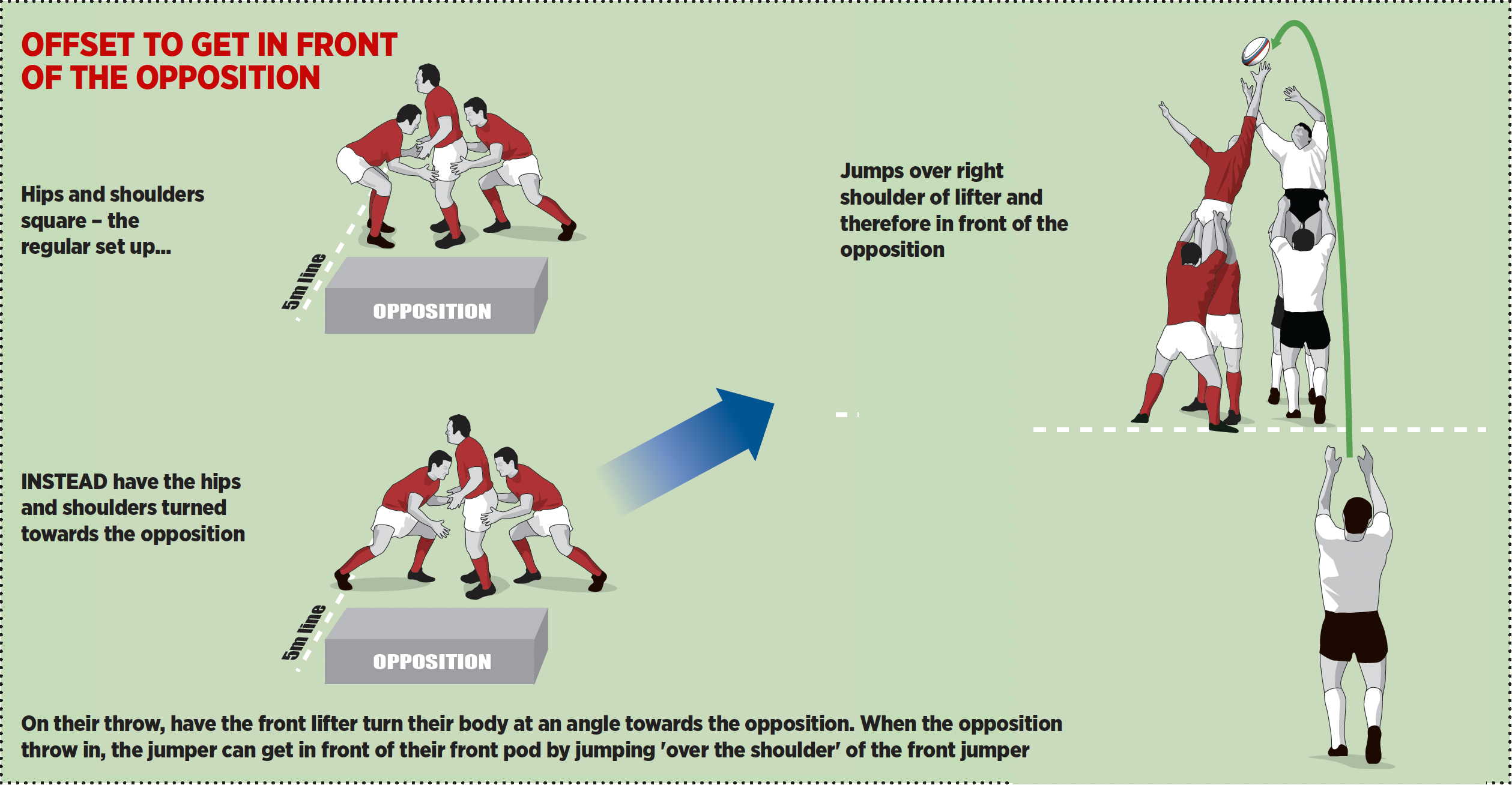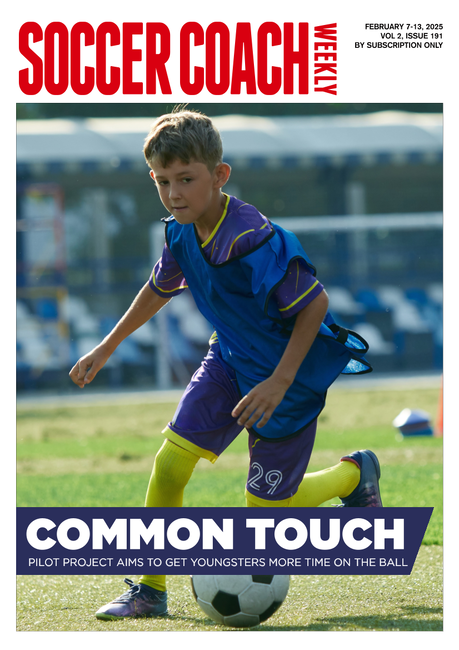Applying pressure to players in training

"Pressure does two things – bursts pipes and creates diamonds."
Back in 1994, the psychologist Robert A. Bjork coined the term 'Desirable Difficulty.' The phrase relates to the idea that by making an experience more difficult for a learner, requiring more effort and complex processing. The experience will lead to higher knowledge and skill retention compared to a more effortless experience.
 Using this idea, we might think of a player that can smash a tackle bag all day (in this example the effortless experience) but can't tackle in a game. Hitting the tackle bag is too easy for the player, so they aren't developing the skill beyond the level where they currently sit.
Using this idea, we might think of a player that can smash a tackle bag all day (in this example the effortless experience) but can't tackle in a game. Hitting the tackle bag is too easy for the player, so they aren't developing the skill beyond the level where they currently sit.We might look to use 'Desirable Difficulty' to aid the player in developing this skill, such as having the player tackle a walking player. The task becomes more difficult, but the player will need to think more about their tackle technique, which should lead to improvements.
ROLE OF PRESSURE IN TRAINING
To develop 'Desirable Difficulty' within our sessions, we need to think about how pressure can play a part in session design.
Before we begin, it's essential to recognise that while 'pressure' has negative connotations attached to it in most contexts, in this context, we are defining pressure as the influence or effect of someone or something. Different levels of pressure can be applied to achieve 'Desirable Difficulty' within a session.
TACKLING EXAMPLE
Using our first example of a player who can't tackle in a game, hitting a tackle bag is an example of a low-pressure activity. After a player has developed the basics of the tackle, then the same action won't challenge the player to develop any technical abilities beyond that which they have currently.
Having the tackler then work against a walking player will elicit more effort as the tackle technique will need to be adapted to be successful. The player may also need to change their mentality towards the tackle to be successful. The application of pressure in this scenario encourages the player to do this.
PRESSURE AT THE RIGHT PACE
However, we must be careful when adding pressure within a session. Any adaptions in terms of pressure must be relevant and appropriate to the needs of the player.
If we altered our tackling drill with the ball carrier coming at the tackler at a full sprint, this would likely represent a level of pressure far beyond what the tackler could cope with.
- This could represent an unsafe environment for the tackler, and the risk of them being hurt could be higher.
- If the tackler repeatedly failed to make the tackle, they may lose confidence in their ability to act. This could ultimately lead to a player choosing to leave the game as they believe they are not good enough.
For example, challenging your prop to kick five penalties from the touchline might seem like something that can create pressure, but if the prop knows they are never going to be called upon to kick in that situation in a game, it's highly unlikely they'll feel much pressure!
We can see that the Goldilocks principle is very much in play when we aim to make the best progress with our players using pressure. Too little or too much pressure is not conducive to our players developing.
MANIPULATING PRESSURE
The next thing we need to think about is how we can manipulate the level of pressure within a training session. We can break these down into three specific areas.
1 PARAMETERS
As coaches, we may look to change the duration, intensity or space available to a player. Situations which are physically and/or mentally more intense will lead to a player feeling more pressure.
For example, if we had our original tackler have to make two back-to-back tackles on walking tacklers, this would represent a more prolonged duration where they had to focus on tackle technique. The intensity would also raise as the player would need to get up from the first tackle to make the second.
In a game to encourage more tackling, we might play in a smaller space to promote more tackling, as players have less space to evade. I've previously covered how these sorts of changes in games can impact on players in this webinar.
)
2 CONSTRAINTS
Studies have found that athletes often experience the most pressure when playing in different situations or under new rules because of the feelings of uncertainty it brings. Whilst the athlete might be using the same set of skill, the situation can be a mental pressure.
We can utilise this as coaches by changing the constraints or rules in a game to challenge players or by changing the equipment used. For example, if we are working on handling, we may switch to a tennis ball. This can frequently be an area where coaches 'get it wrong' and fail to find the pressure sweet spot, either by adding constraints which make the game too easy for one side or are far too ambitious.
Again, ensure that constraints in a game are relevant and appropriate, especially when working with a mixed ability group.
3 CHALLENGES
We can also use challenges to create pressure in a session. These can be used for the entire squad or tailored to individuals.
We might challenge a team to complete a passing drill for a minute with no dropped balls or similarly completing a set amount of passes in the minute. For an individual, we might set a target for them. For example, we might ask our tackler to make two tackles in a game.
We might also use challenges to get players to expand their game, such as only allowing players to kick off their 'wrong' foot to encourage the development of that skill which they may typically neglect.
It's common to add in an element of 'reward' and 'punishment' for the use of challenges as a pressure source, so the tackler might win the ball back for their team every two tackles they make, whilst the kicker might turn the ball over if they use their prefered foot to kick. Again, this should tie into something being desirable (for a reward) or undesirable (as a punishment) for a player.
Some players will feel the pressure more from escaping a 'punishment' so, as ever, knowing your players is vital.
PRESSURE AND SUPPORT
The crucial role of a coach when using pressure in sessions is to support the player. Preferably, before you add an element of pressure, explain to the player what and why is being added.
For example, before challenging a player to use their 'wrong' foot explain your rationale ('I want you to be comfortable kicking off both feet in a game') and then explain the what ('so in this game, you can only kick off your left foot').
Be sure to listen to what the player tells you. They might feel that the pressure you are suggesting for them is too much ('I don't feel confident in using my other foot, I'd rather practise using it first before trying in a game'). As we've constantly mentioned in this article, the pressure must be relevant and appropriate. The best way to measure this is by asking players.
Finally, be sure to review how players coped with the pressure in a session. If players were unable to cope with this then we should decrease the pressure next session. However, if the results of pressure have seen improvements in the player, then think about how you could improve pressure further next session.
Overall, we can see that increasing pressure is vital within a session for players to develop their abilities. We must be careful in how we choose to apply pressure and ensure that we work with players to ensure the best possible environment.
Newsletter Sign Up
Coaches Testimonials

Gerald Kearney, Downtown Las Vegas Soccer Club

Paul Butler, Florida, USA

Rick Shields, Springboro, USA

Tony Green, Pierrefonds Titans, Quebec, Canada
Subscribe Today
Be a more effective, more successful rugby coach
In a recent survey 89% of subscribers said Rugby Coach Weekly makes them more confident, 91% said Rugby Coach Weekly makes them a more effective coach and 93% said Rugby Coach Weekly makes them more inspired.
Get Weekly Inspiration
All the latest techniques and approaches
Rugby Coach Weekly offers proven and easy to use rugby drills, coaching sessions, practice plans, small-sided games, warm-ups, training tips and advice.
We've been at the cutting edge of rugby coaching since we launched in 2005, creating resources for the grassroots youth coach, following best practice from around the world and insights from the professional game.

